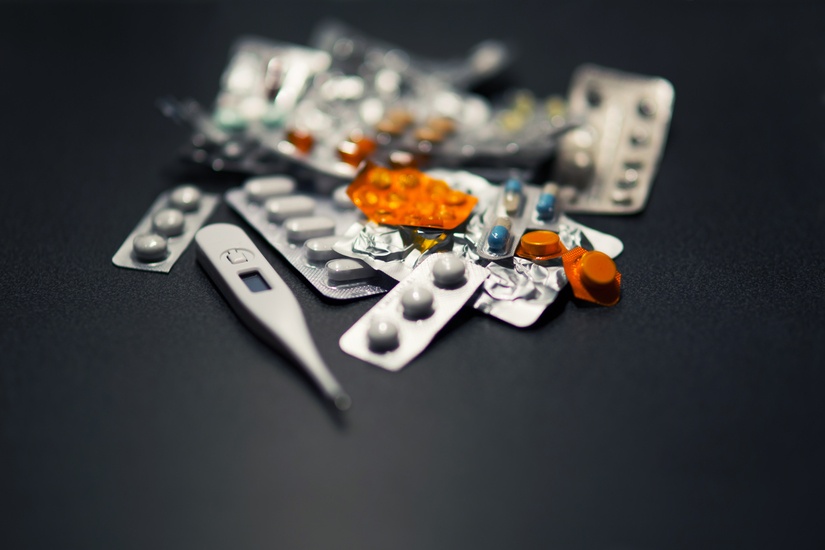Flu season is upon us. At this time of year the Foundation frequently receives inquiries about the safety of getting the flu vaccine if a patient has peripheral neuropathy – especially peripheral neuropathy patients with underlying immune issues.
**This information is intended for general educational purposes only. Any decisions regarding vaccinations should be made in consultation with your primary doctor.**
According to the Centers for Disease Control there is no evidence that the flu shot will make their neuropathy symptoms worse unless they had a vaccine induced neuropathy associated with Guillain-Barré Syndrome (GBS). GBS is a rare disorder caused by damage of the peripheral nerves. Major features are weakness, paralysis, and sometimes even breathing issues. Most patients recover but some are left with long term weakness. Infections commonly precede GBS and are thought to “trigger” GBS through a process called “molecular mimicry.” In this process, the body’s immune defense system attacks an infecting microbe and then inadvertently attacks peripheral nerves that “look” similar to that microbe. The flu vaccine works by stimulating the immune system to produce antibodies that actually fight the virus. It does not give you the flu. In fact, the Centers for Disease Control strongly recommends that peripheral neuropathy patients (excluding GBS) receive a flu shot every year because they are more prone to developing serious complications if they get the flu.
In 1976 there was a small increased risk of GBS following vaccination with an influenza vaccine made to protect against a swine flu virus. The increased risk was approximately 1 additional case of GBS per 100,000 people who got the swine flu vaccine. The Institute of Medicine (IOM) conducted a thorough scientific review of this issue in 2003 and concluded that people who received the 1976 swine influenza vaccine had an increased risk for developing GBS. Scientists have multiple theories on why this increased risk may have occurred, but the exact reason for this association remains unknown.
The link between GBS and flu vaccination in other years is unclear, and if there is any risk for GBS after seasonal flu vaccines it is very small, about one in a million. Studies suggest that it is more likely that a person will get GBS after getting the flu than after vaccination. It is important to keep in mind that severe illness and death are associated with influenza, and vaccination is the best way to prevent influenza infection and its complications.
The Centers for Disease Control recommends that people receive the flu shot every year if they fall into any of these groups:
- They’re six months to 19 years old
- They’re 50 years of age or older
- They have a chronic medical condition (lung, heart, liver or kidney disease, blood disorders, diabetes)
- They live in a nursing home or other long term care facility
- They live with or care for someone at high risk for complications from the flu (healthcare workers, people in their household (i.e., children too young to vaccinated or people with chronic medical conditions)
Ultimately, patients should discuss the pros and cons of receiving a vaccination with their primary physician to evaluate its benefits and risks. Influenza is dangerous, accounting for 40,000 or so deaths each year in the US from complications, especially in the elderly and those with chronic illnesses (chronic lung disease, diabetes, etc.). The decision about a former GBS patient receiving or declining a flu shot or other immunization should be well thought out. Discussing this matter with the primary physician is likely the best means to assess a vaccine’s value.
Source: Center for Disease Control
[i] Schonberger IB et al. Guillain-Barre Syndrome: Its Epidemiology and Association with Influenza Vaccination. Ann Neurol 1981;9 (Suppl 1); 31-38
[ii] Baxter R et al. Lack of Association of Guillain-Barre Syndrome with Vaccinations. CID 2013; 57: 197-204
[iii] Lasky T Et al. The Guillain-Barre syndrome and the 1192-1993 and 1993-1994 Influenza Vaccines. N Engl J Med 1998; 339: 1797-1802
